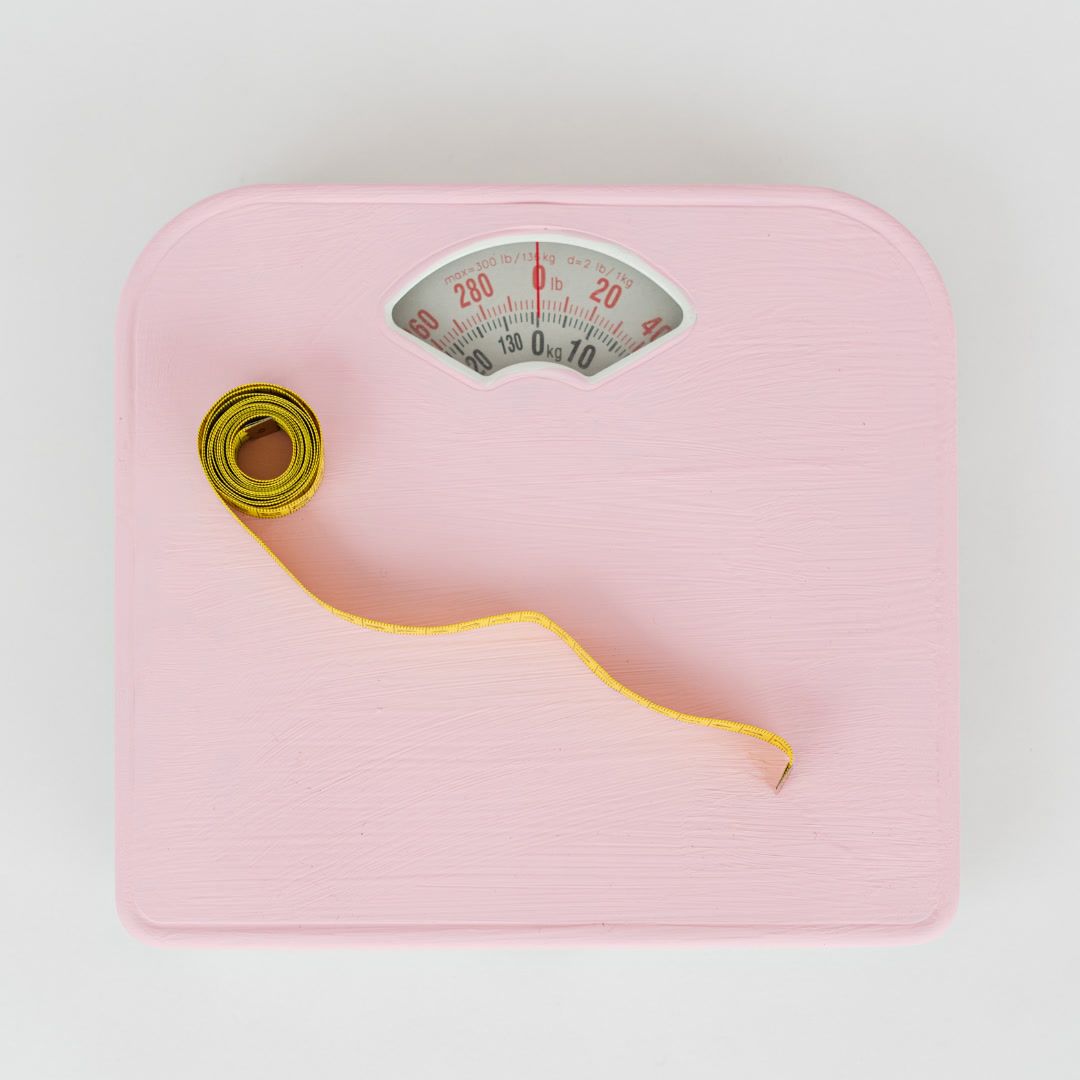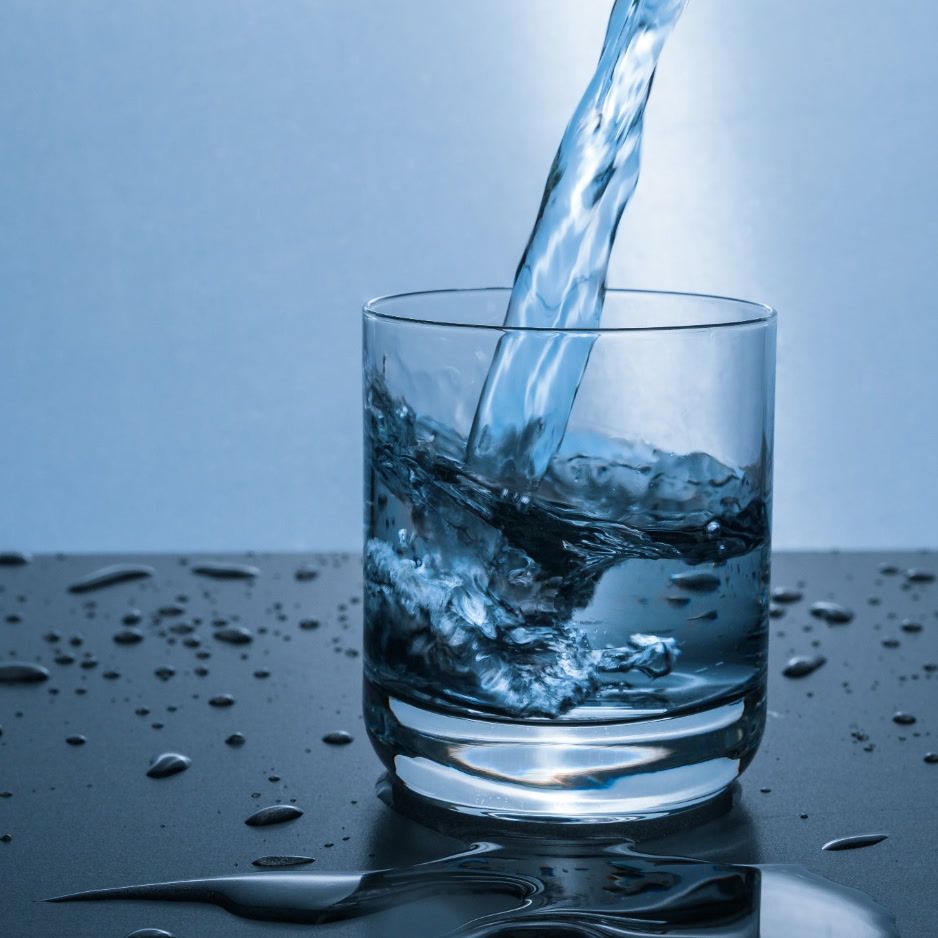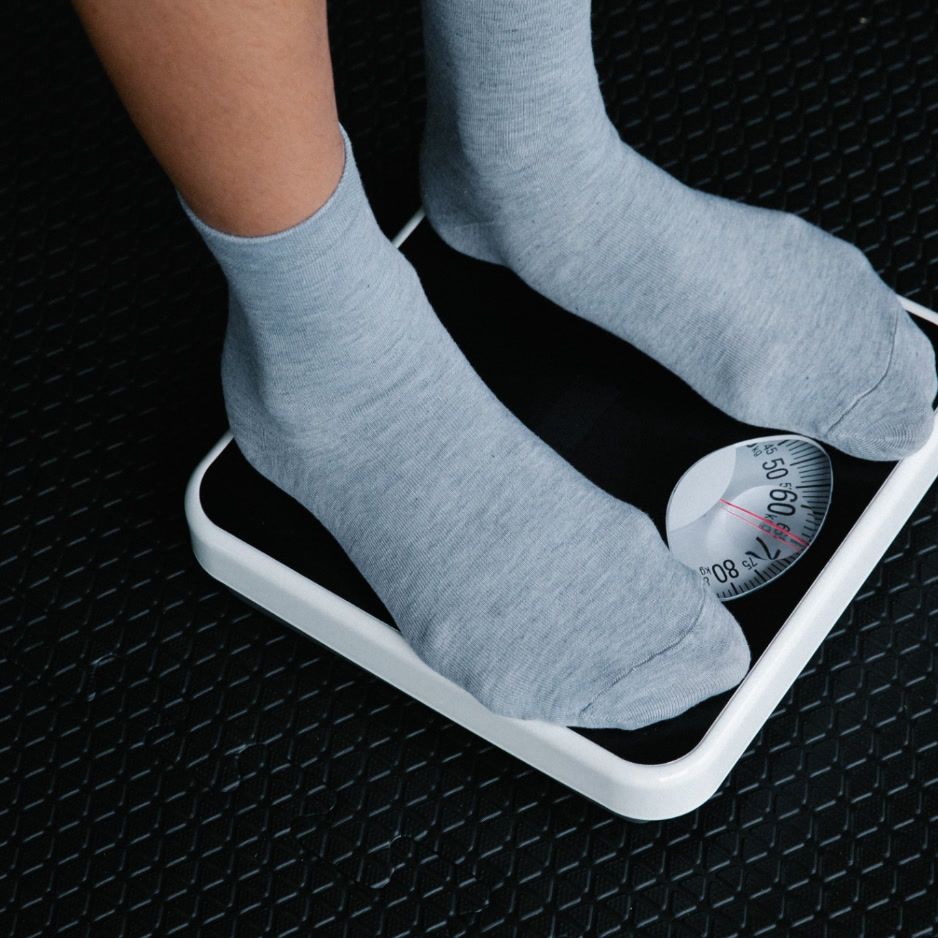15 Worst Foods for Triglycerides and Healthier Swaps
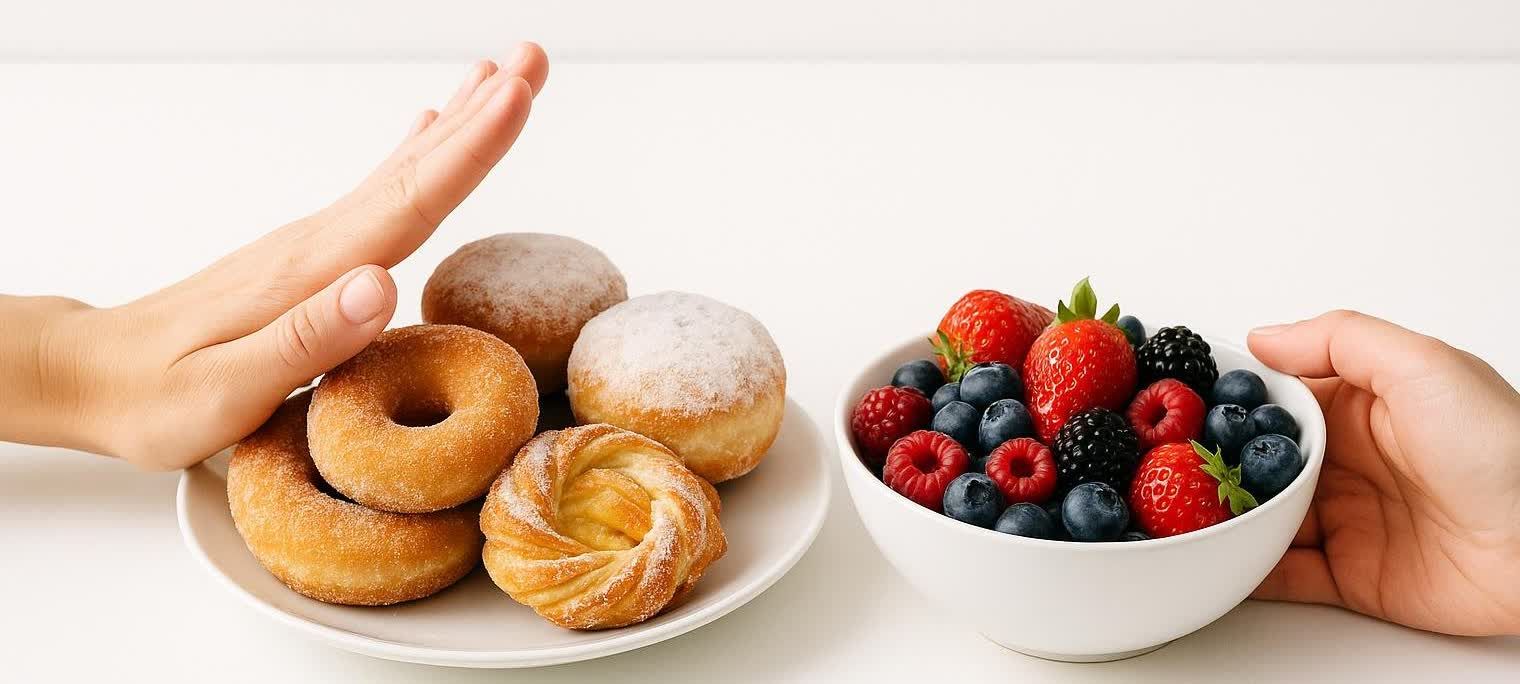
15 Worst Foods for Triglycerides (& Healthier Swaps)
High triglycerides don’t just live on your lab report — they lurk in the foods and drinks you reach for every day. When levels climb above 150 mg/dL, your risk for heart disease, stroke, and even pancreatitis starts to rise. The good news? Swapping out a handful of dietary offenders can move your numbers in the right direction within a few short weeks.
Below you’ll find the biggest triglyceride trouble-makers, grouped by nutrient category, plus easy (and tasty) alternatives.
Quick Refresher: Why Triglycerides Spike
- Excess calories — especially from added sugar, refined starch, saturated fat, and alcohol — are converted in the liver to triglycerides and released into the bloodstream.
- Sustained surpluses drive up fasting triglyceride levels; values ≥500 mg/dL dramatically increase pancreatitis risk.
- Weight loss of just 5–10 % and targeted dietary tweaks can lower triglycerides by 20–30 %.
The 15 Worst Foods for Triglycerides
| # | Food (Typical Serving) | Why It Spikes TGs | Healthier Swap |
|---|---|---|---|
| 1 | Regular soda & sweetened iced tea (12 oz) | High-fructose corn syrup → rapid liver conversion to fat | Sparkling water with citrus; unsweetened iced tea |
| 2 | Energy or sports drinks (16 oz) | >30 g added sugar per bottle | Electrolyte tablets in plain water |
| 3 | Fruit juice (8 oz) | Stripped of fiber; all the fructose | Whole fruit or a blended smoothie with veggies |
| 4 | Candy & gummies (1 oz) | Pure sucrose/fructose load | A small handful of berries + 85 % dark chocolate |
| 5 | Pastries & doughnuts (1 item) | Combo of refined flour, sugar, and deep-fried fat | Oat-based muffin sweetened with mashed banana |
| 6 | Sugary breakfast cereal (1 cup) | Refined grains + added sugar | High-fiber bran or steel-cut oats |
| 7 | White bread & bagels (1 slice/bagel half) | High glycemic index → TG surge post-meal | 100 % whole-grain or sprouted bread |
| 8 | French fries (medium order) | Starch deep-fried in saturated/trans fat | Baked sweet-potato wedges with olive oil |
| 9 | Potato chips (1 oz) | Starch + industrial seed oils | Air-popped popcorn or roasted chickpeas |
| 10 | Bacon & sausage (2 links/3 slices) | Saturated fat and added sugars in cure | Canadian bacon or tempeh “bacon” |
| 11 | Fatty red meat (8 oz rib-eye) | Up to 20 g saturated fat per steak | Lean sirloin or salmon (rich in TG-lowering omega-3s) |
| 12 | Full-fat dairy ice cream (½ cup) | Sugar + saturated fat double hit | Frozen Greek yogurt or blended frozen banana |
| 13 | Packaged baked goods with hydrogenated oil (1 cookie) | Triple threat of refined flour, sugar, and potential trans fats | Homemade oat cookies with nut butter |
| 14 | Coconut & palm oil (1 Tbsp) | High saturated fat (≈ 12 g) can reduce TG clearance from blood | Olive, canola, or avocado oil |
| 15 | Beer & sweet cocktails (12 oz / 8 oz) | Alcohol plus carbs = TG rocket | Club-soda mocktail with lime or light beer (occasional) |
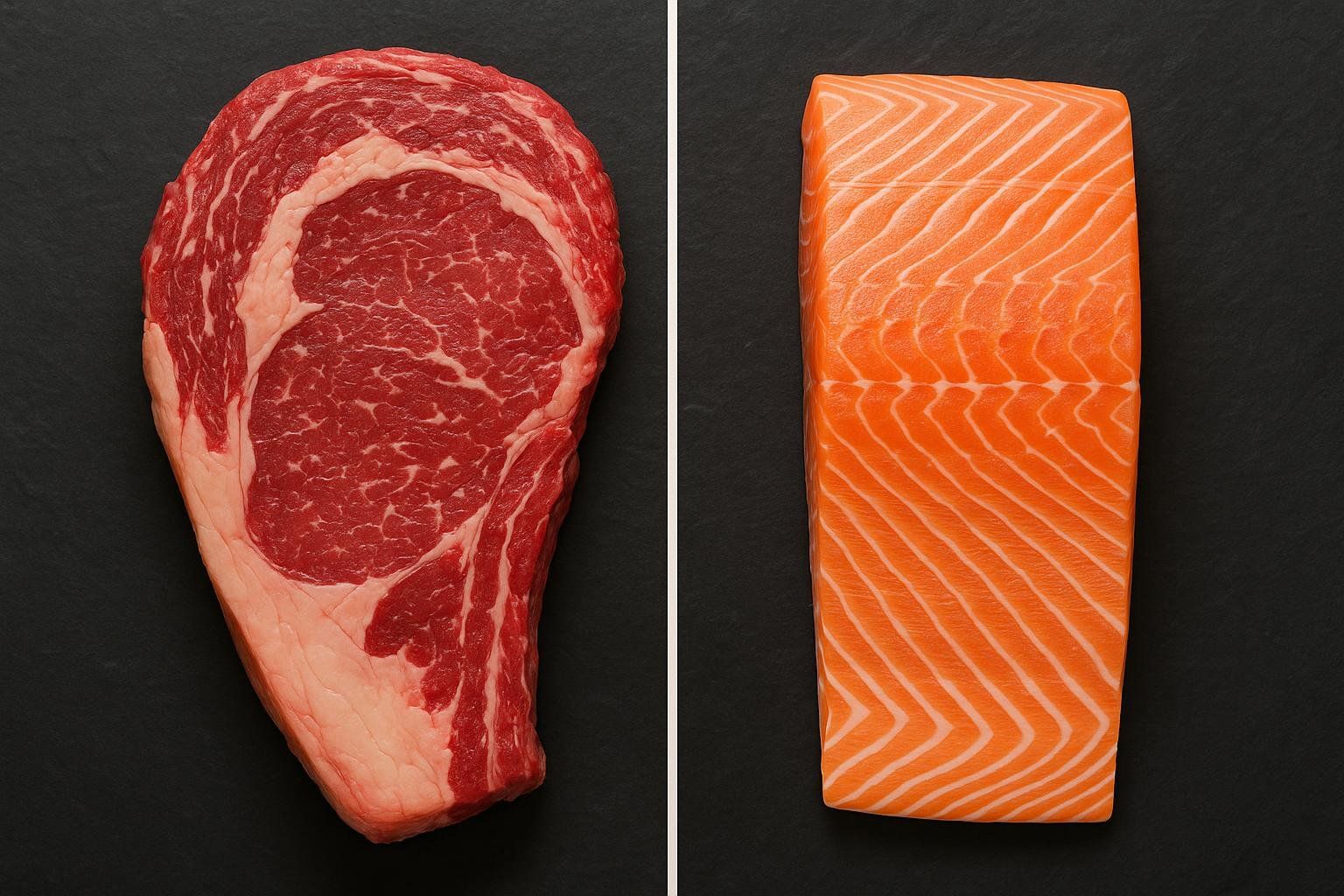
Plant-Based Perspective
According to a guide from Verywell Health, vegans should be aware that coconut-milk ice cream, white-rice sushi, and store-bought granola can be surprise sources of sugar, refined carbs, or saturated fat (Verywell Health). Opt for unsweetened soy yogurt, brown-rice sushi rolls, and homemade granola sweetened with dates instead.
How Much Is “Too Much”? Serving-Size Reality Check
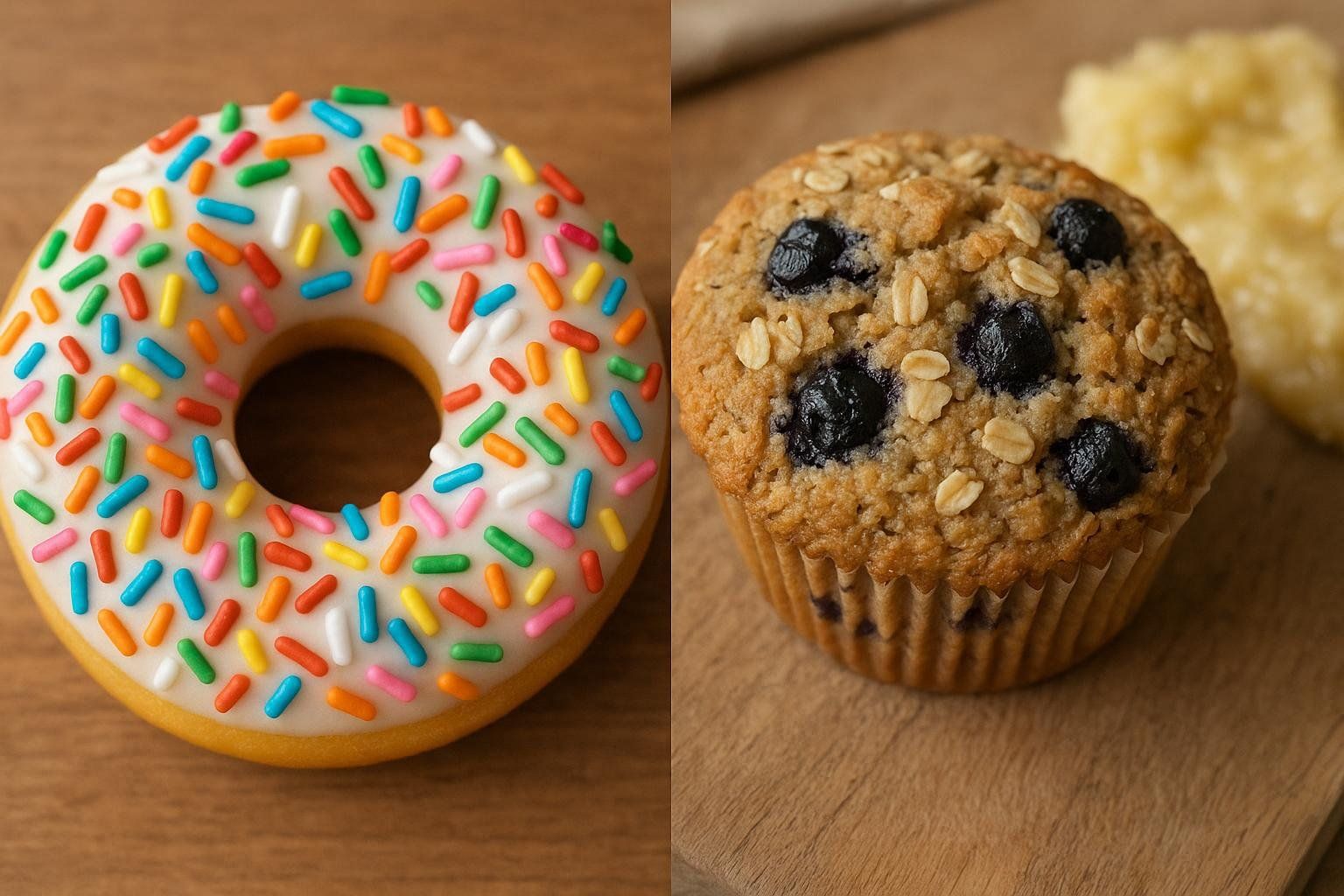
Even seemingly modest portions can overshoot triglyceride limits:
- A medium glazed doughnut delivers about 15 g fat and 15 g sugar.
- A single slice of pepperoni pizza can pack ~35 g refined carbs and nearly 6 g saturated fat.
Fast-Track Fixes: Diet Patterns That Lower Triglycerides
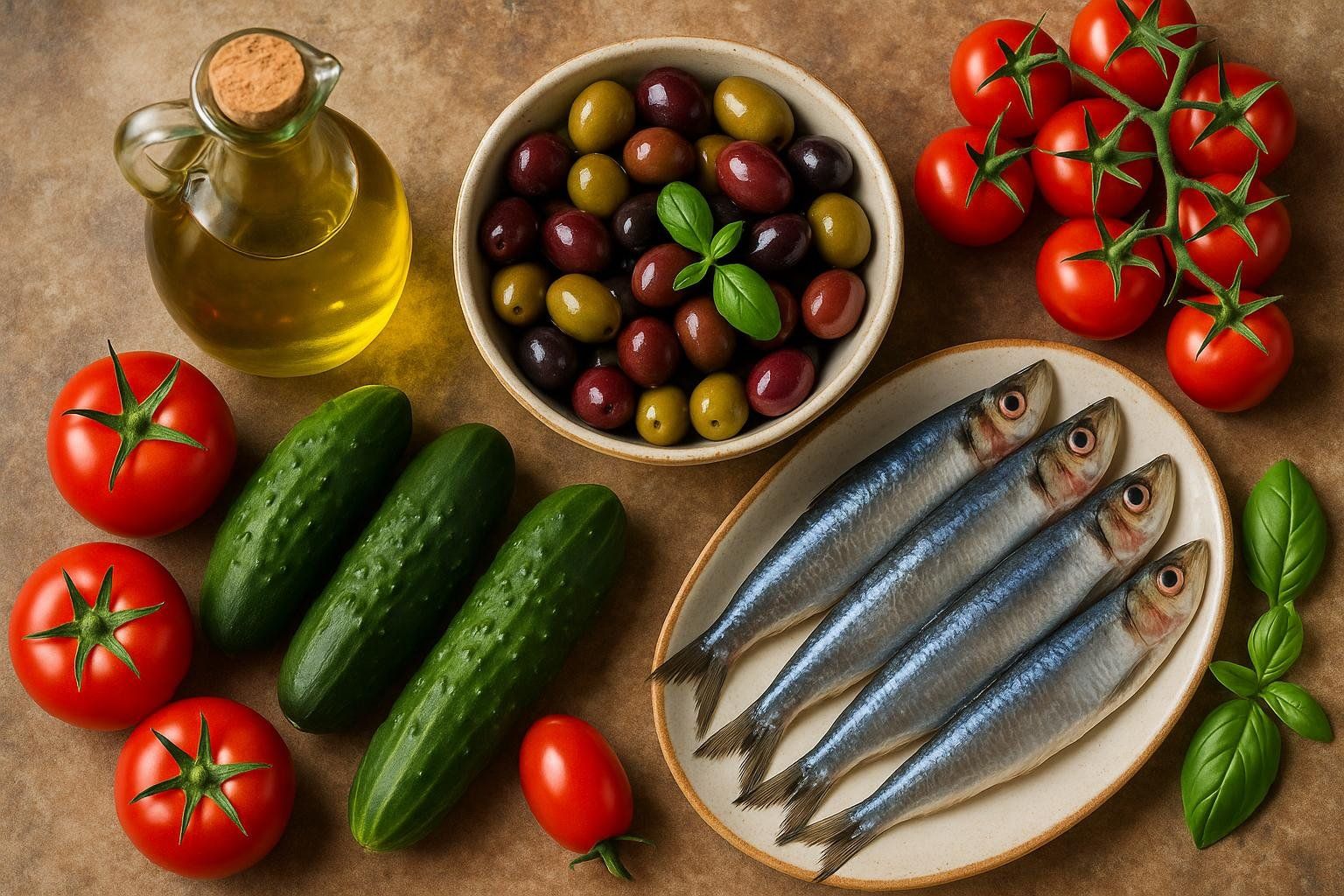
- Mediterranean Diet — emphasizes extra-virgin olive oil, fatty fish, legumes, and produce. A 2011 American Heart Association scientific statement found it typically lowers triglycerides by about 10–15 % compared with low-fat diets.
- Lower-Carb, Higher-Protein Diet — especially effective when TGs are < 500 mg/dL, according to a review in the American Family Physician journal.
- DASH Diet — originally for blood pressure, but its low-sugar, low-saturated-fat framework also benefits lipids, as shown in clinical studies reducing serum triglycerides.
For real-world inspiration, check out BodySpec’s keto vs. high-carb experiment in The Big Fat Experiment.
FAQ ❓
Can nuts raise triglycerides?
Raw or dry-roasted nuts are calorie-dense, but their unsaturated fats generally lower TGs when they replace refined carbs. Stick to a small handful (≈ 1 oz).
Is fruit juice ever OK?
Limit to ≤ 4 oz and pair with a high-fiber meal. Whole fruit is always a better choice because fiber slows sugar absorption (Verywell Health).
How soon will I see improvements?
Guidance from the National Lipid Association notes that many people see a 20 % drop within 4–6 weeks after cutting added sugar and alcohol, increasing exercise, and losing 5 % body weight.
Does exercise matter as much as diet?

Yes. The same NLA guidance recommends at least 150 minutes of moderate activity weekly; 200–300 minutes yields the biggest TG reductions.
Takeaway 🔑
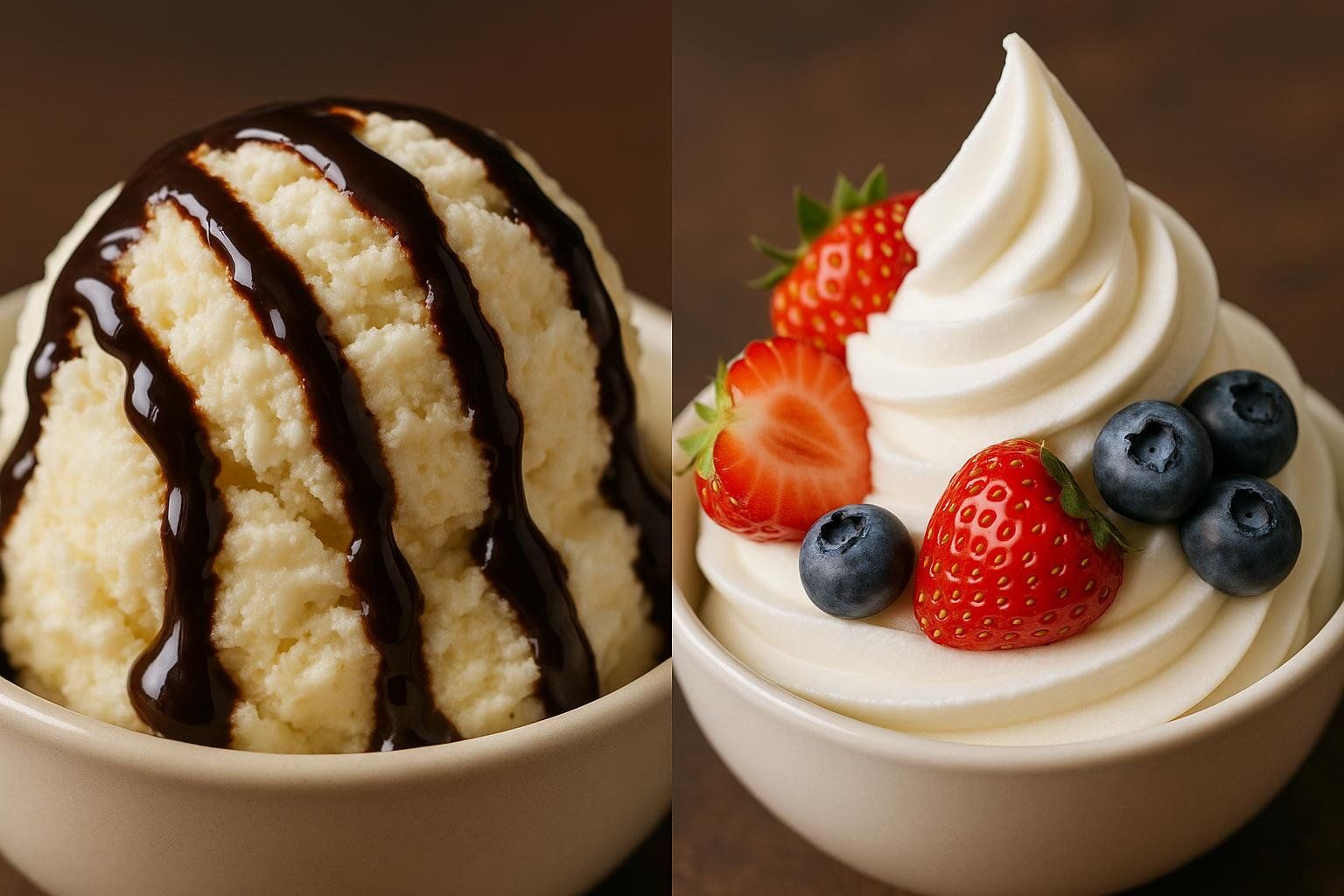
The fastest way to tame high triglycerides is to crowd out sugary drinks, refined grains, saturated/trans fats, and excess alcohol with fiber-rich carbs, lean protein, and healthy fats. Combine those swaps with regular exercise and continuous monitoring — tracking changes in visceral fat (a key contributor to high triglycerides) with tools like BodySpec DEXA scans — to drive significant improvements in your overall metabolic health.
For more science-backed nutrition reads, dive into Fructose: Not So Sweet After All or brush up on metabolism basics in Metabolism 101.
